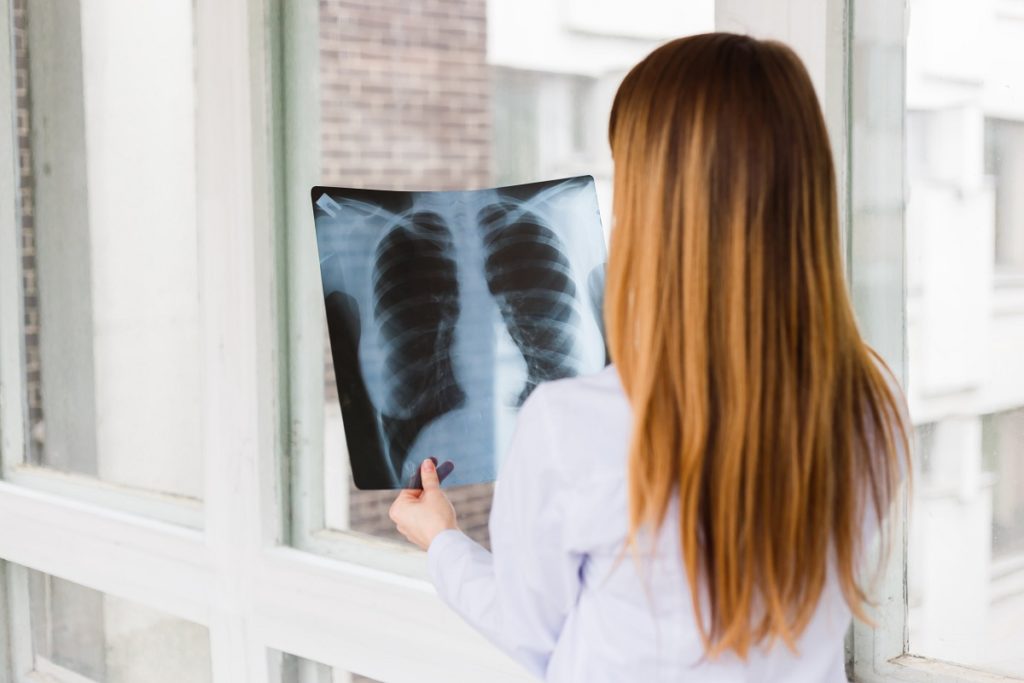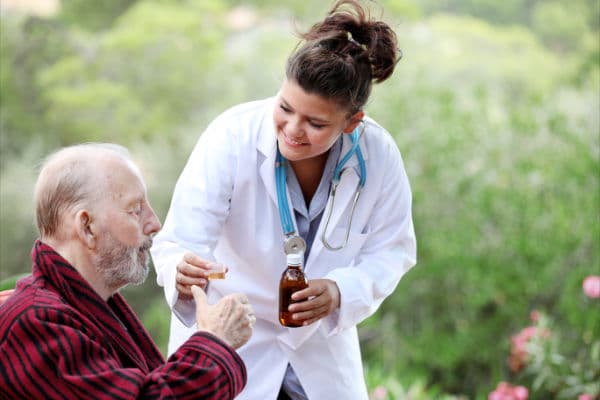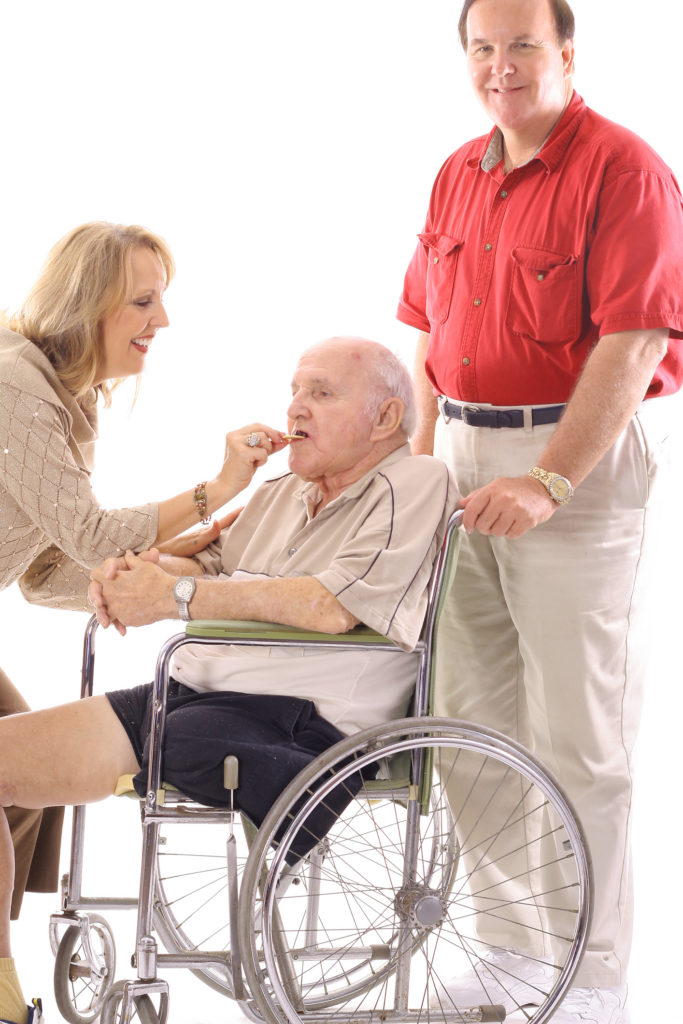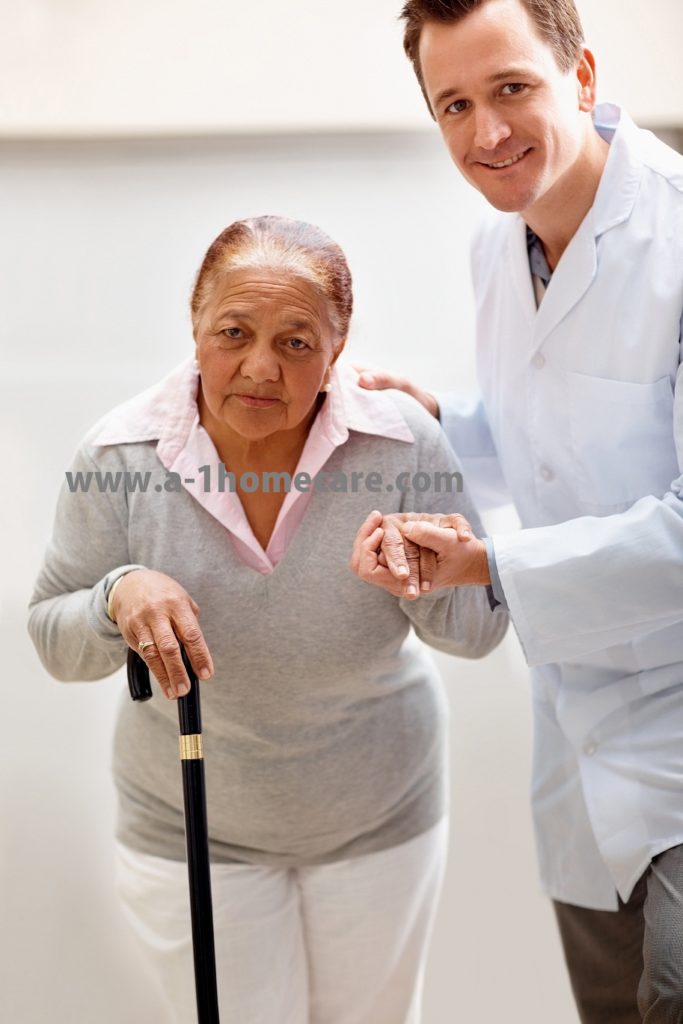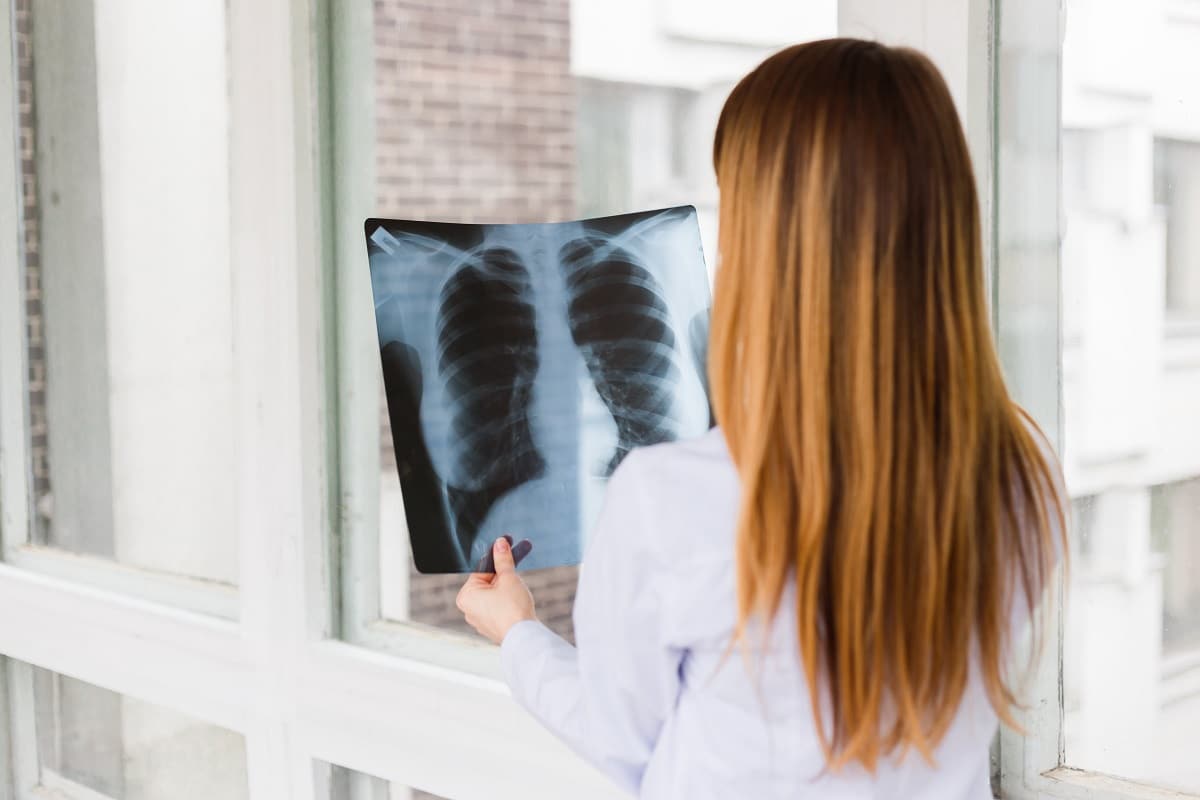
Elders that contract pneumonia is somewhat common, but some forms can compromise their health and well-being. Seniors are susceptible and can easily contract pneumonia anywhere they are – there’s been a drastic increase in nursing home settings. This article will discuss the common symptoms of pneumonia in the elderly and how you can easily spot them.
There are various types of pneumonia as well as different sets of symptoms. More often than not, the elderly will display pneumonia symptoms from those that are younger.
Treatment methods tend to vary depending on the severity of the pneumonia and the type that was contracted.
Let’s Take a Look at the Statistics
As I stated earlier, pneumonia occurs more frequently in the elderly than in any other age brackets. As a result of this, there are more cases of mortality which increase gradually with age. According to numerous statistics, a staggering 85% of pneumonia deaths occur within the ages of 65 and up. Let’s compare this number to 3% of the deaths took place in those that were 45 or younger.
Common Symptoms of Pneumonia
The common symptoms of pneumonia in the elderly differ from that of children or young adults. One of the most worrisome issues stems from the fact that seniors will often display fewer or non-specific symptoms – most commonly lethargy, confusion, general deterioration. It’s important that you seek out immediate hospitalization if this occurs at any time.
Common symptoms of pneumonia include (but are not limited to):
Chills
Fever
Shortness of breath or dyspnea
Sharp pain upon taking deep breaths
Coughing; which include yellow, brownish or even bloody secretions
Headache
Diaphoresis
Confusion
Bacterial Pneumonia
In cases where bacterial pneumonia is the culprit, the individual may see his or her temperature rise as high as 105 degrees. Take note that confusion and delirium are two vital signs of a patient that is suffering from bacterial pneumonia. They may also display a bluish color on their lips or nailbeds due to a lack of oxygen in the bloodstream. Other symptoms include:
Rapid Breathing Rate
Increased Heart Rate
Diaphoresis
Viral Pneumonia
For those that are suffering from viral pneumonia, the common symptoms will closely mirror influenza. Symptoms such as dry cough, fever, headache, muscle pain, and weakness may become more apparent in the individual. After 12 to 36 hours, the coughing may become more violent and mucus may form. Keep an eye out for the patient’s bodily temperature and blueness of the lips, as these are common symptoms of viral pneumonia.
How Does One Contract Pneumonia?
Pneumonia in the elderly can occur in a variety of ways. In many cases, it’s difficult to identify the specific bacteria or virus even after tests have been run on the patient. Streptococcus tends to be the most common bacteria identified in pneumonia cases – however there are different types of bacterium that can lead to pneumonia.
Malnourishment or weak immune systems are common in seniors. Due to this, they are more susceptible to the multiplication of pneumonia bacteria working their way into the lungs themselves. The infection will then spread rapidly throughout the bloodstream and can make its way throughout the body as well.
Risk Factors
Nursing home residents are susceptible to pneumonia. Remember, it’s important to note that pneumonia is the second leading type of infection within these centers. There have been many studies that have been conducted to identify specific pneumonia risk factors within these nursing homes. The results are as follow:
Dysphagia
Age
Presence of a nasogastric tube
Poor functional state
Tracheostomy
Chronic Obstructive Lung Diseases
Hospital-Acquired Pneumonia
Pneumonia that has been contracted within a hospital can be severe, possible even fatal. The pneumonia of this variety tends to occur within a hospital setting can be more severe. Those who are admitted to a hospital tend to be extremely sick and unable to fight off the bacteria or germs. The variants of germs within the hospital setting are often more dangerous and resistant to treatment that the hospital staff provides to the patient. The common symptoms of pneumonia within the hospital setting tend to resemble those similar to nursing home residents, but considerably more severe – which is an important thing to note.

